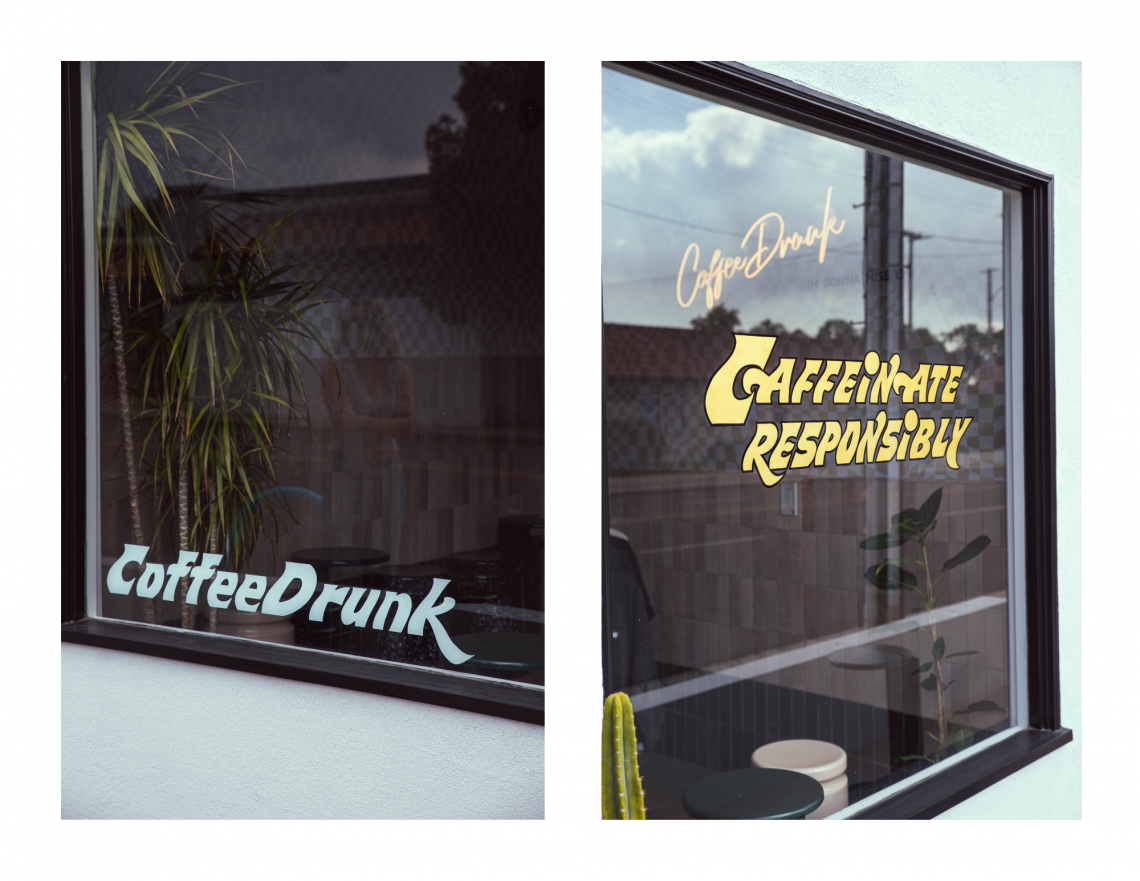
Long Beach Landmarks: Long Beach Lighthouses
LONG BEACH HISTORY: PAYING HOMAGE TO OUR LIGHTHOUSES Long Beach is home to the second largest container port in The United States, after the Port of Los Angeles. The Long Beach Port covers 25 miles of oceanfront and brings in an annual $100 billion dollars in trade from its massive cargo

Local Business Highlight: Handy Dandy Brandy
MEET BRANDY WAYNE: LONG BEACH’S LOCAL CRAFT GODDESS AND CUTTING BOARD CREATOR EXTRAORDINAIRE. Many of our clients are familiar with the Handy Dandy Brandy logo, as it is on the tags on the cutting boards gifted to them by The Whipple Group upon purchasing their home. A cutting board is the perfect

Long Beach Landmark: Retro Row's Art Theatre
Long Beach Retro Row'sIconic Art Theatre You can't take the Art Deco out of the Art Theatre By Lindsey Goodrow Illustration by Jamie Tableson When the sun is setting in the Retro Row neighborhood of Long Beach, CA, it’s impossible not to gaze in awe upon The Art Theatre, an Art Deco treasu
Categories
Recent Posts


.png?w=1140)







